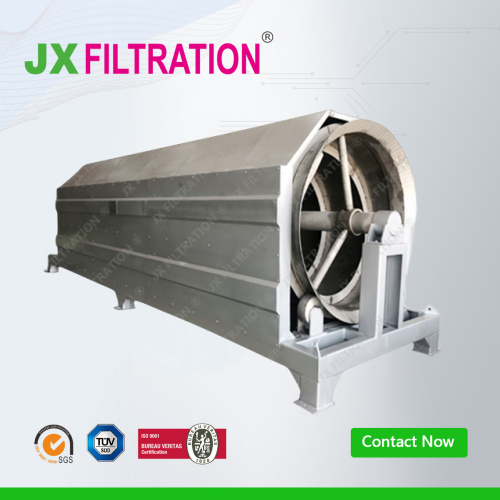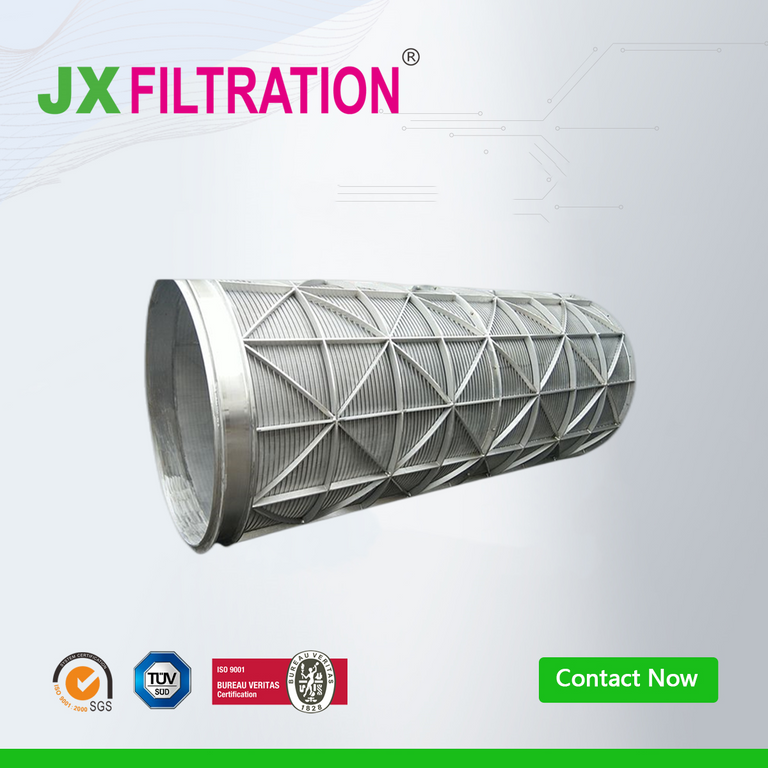How to Select a Rotary Drum Screen
-
Processing Capacity: The Core Indicator for Dynamic Balance

The processing capacity of a rotary drum screen is typically measured in cubic meters per hour (m³/h) and should align with the total water circulation volume of the aquaculture system. The calculation formula is:
Processing Capacity = Total Water Volume × Daily Circulation Frequency ÷ 24 HoursFor example, in a 1,000m³ water system designed for 8 daily circulations, the required capacity would be:
1,000 × 8 ÷ 24 ≈ 333m³/h.It is recommended to reserve an additional 20%–30% capacity to handle unexpected load fluctuations.
-
Filtration Precision: A Critical Threshold for Water Quality Control
Filtration precision determines the ability of the microfilter to capture suspended solids and is typically measured in microns (μm). Different aquaculture species require varying filtration levels:
- Fish fry / Shrimp larvae: 50–100μm high-precision filtration to prevent damage to delicate gills.
- Juvenile and adult fish/shrimp: 150–200μm to balance filtration efficiency and energy consumption.
- Special species (e.g., Sturgeon): Customized filtration below 30μm for ultra-fine particle removal.
-
Filter Screen Material & Structure: Ensuring Durability
The filter screen material must be corrosion-resistant and wear-resistant. Common types include:
- Stainless Steel Woven Mesh: Cost-effective and suitable for neutral water, but prone to scaling.
- Wedge Wire (V-Wire): High strength and clog-resistant, ideal for hard water conditions.
- High-Polymer Composite Material: Excellent corrosion resistance, suitable for acidic or alkaline environments.
Any Requirements, Contact Us Now!
Kris
Email/Teams: kris@filtrationchina.com
Mobile/Whatsapp/Wechat: +86 18980776200


